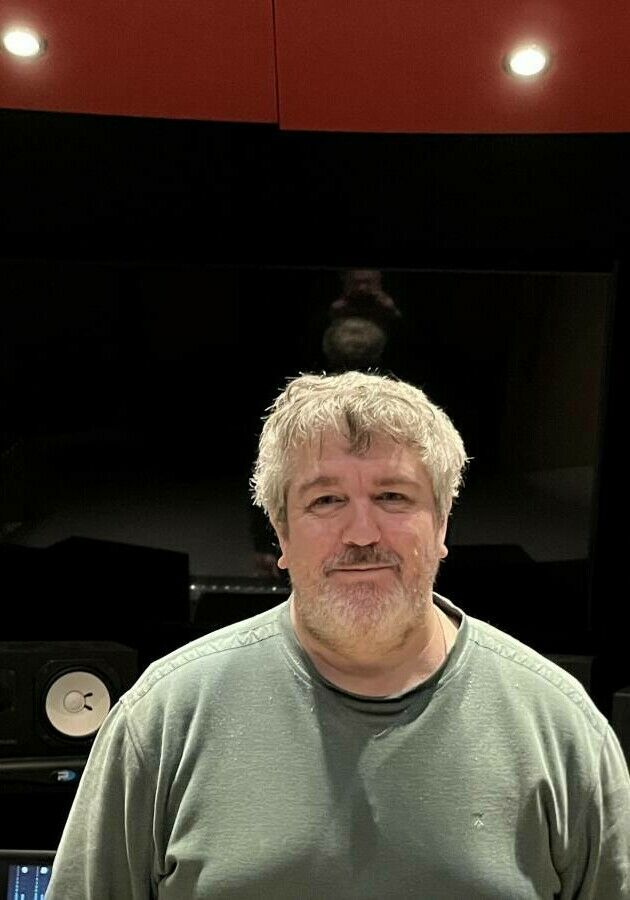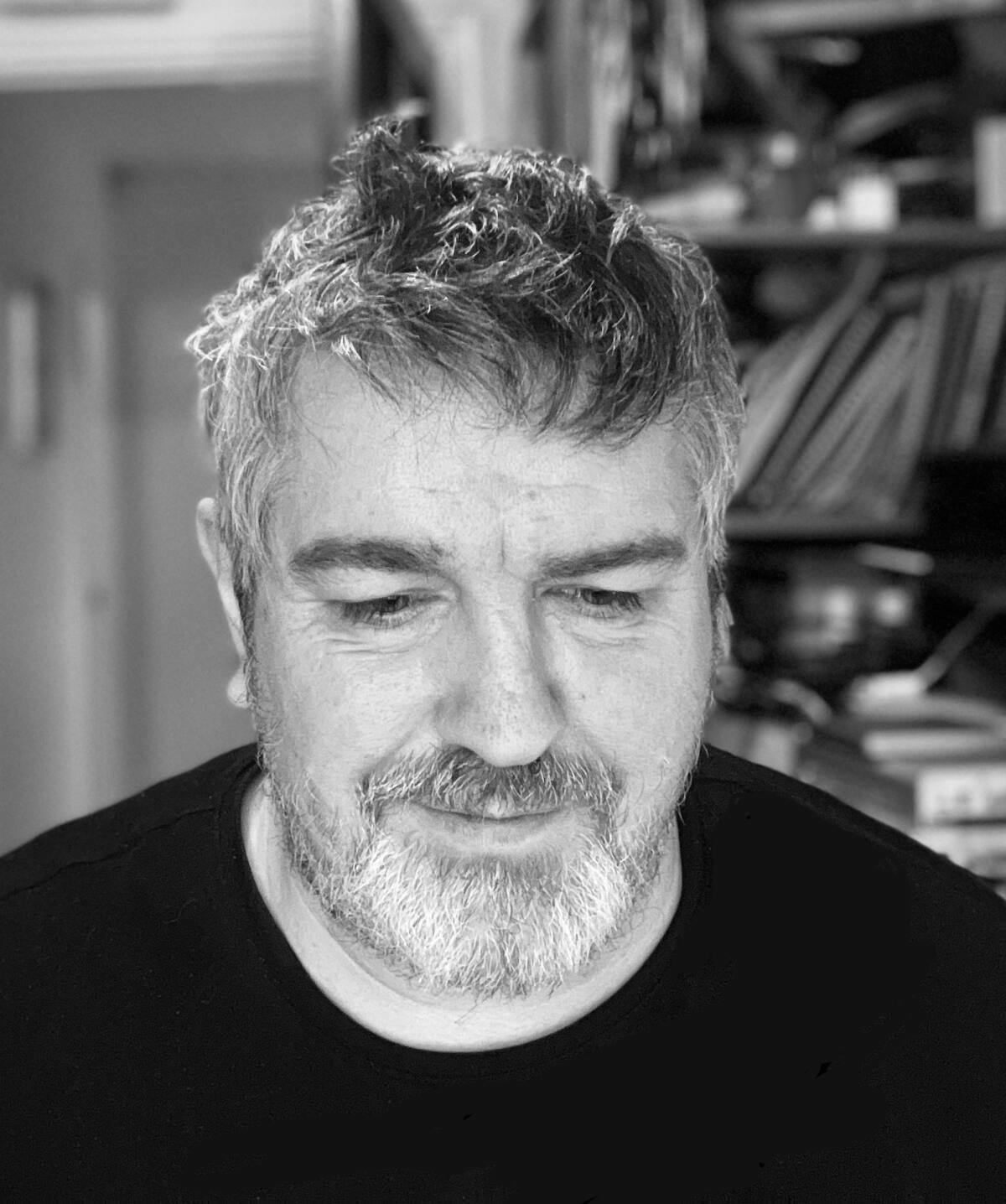David Bowie, Adele, Nick Cave, Calvin Harris…Kevin Paul’s list of clients over the years is quite outrageous. Originally finding his first passion as a graffiti artist in London, this led Paul to getting a pair of turntables and DJing. But as soon as he learned about the art of recording and mixing music, it was a done deal. He chats about some of the unbelievable moments in his career, and why Waves plugins have always been there throughout.
During his teens, Paul’s first love for music came hand in hand with him being one of the UK’s original graffiti artists, an underground community intertwined with the electro and hip-hop genres of the time.
As a love of house music blossomed, he got into DJing, which is how he discovered the world of sound engineering and quickly realised this was to be his true passion.
Paul went through an alphabetical list of the UK’s recording studios, and was thoroughly rejected by almost all of them until reaching the letter ‘s’. The ‘s’ in question that gave him a shot was none other than Soho Studios in London.
“I didn’t really like music as a young person,” Paul says.
“For me, it just seemed to consist of middle-class white people complaining about how crap their lives were. The Cure, The Smiths, bands like that, I didn’t like them at the time at all. And then one day a boy at school was playing pirate radio, with a young Tim Westwood DJing, and I was immediately captivated and became obsessed with hip-hop culture, graffiti, DJing and that whole world.”




